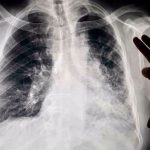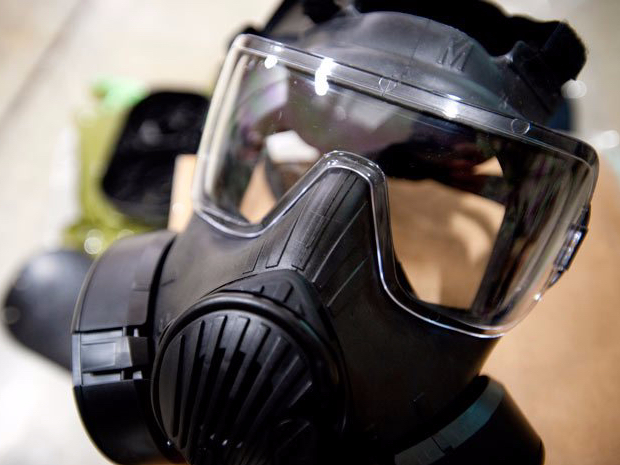The Queensland Government, as part of its targeted approach to the alarming rise of silicosis in the engineered benchtop and stone cutting industries, has released a fact sheet for the management of respirable crystalline silica for use in manufacturing and workplaces.
Managing respirable crystalline silica in benchtop fabrication
Engineered and natural stone used for benchtops contains crystalline silica, also called quartz. Cutting, grinding and polishing natural or engineered stone generates respirable crystalline silica, which puts workers’ health at risk. Engineered stone benchtops have a very high crystalline silica content, up to 95 per cent.
Safety alert: Immediate action required to prevent exposure to silica for engineered stone benchtop workers
Workers may be exposed to crystalline silica while cutting, grinding, sanding and polishing stone benchtops and during the installation process. Generally, exposure to RCS occurs during the manufacture of the stone benchtop rather than during installation due to fewer cuts and fabrication taking place.
Managing respirable crystalline silica dust exposure in the stone benchtop industry code of practice
This code provides practical guidance for persons conducting a business or undertaking on how to manage risks associated with respirable crystalline silica dust exposure in the stone benchtop industry. This includes work to fabricate, process, install, maintain or remove engineered and natural stone benchtops.
Silicosis in the engineered stone benchtop industry
WorkCover Queensland provides free health screening for current or former engineered stone benchtop workers in Queensland who have been exposed to engineered stone.
Silicosis and support for stonemasonry workers and employers
WorkCover is supporting stonemasons by ensuring they get immediate access to specialist medical diagnosis, treatment and ongoing rehabilitation and return to work services.
For the construction industry
Construction dust: respirable crystalline silica
Dust containing respirable crystalline silica (RCS) is generated by high-energy processes such as cutting, sawing, grinding, drilling, polishing, scabbling and crushing of silica-containing materials. Certain work processes can also create RCS exposure risks, including housekeeping activities involving dry sweeping, compressed air or blowers on silica-containing dusts.
A full list of the fact sheets and resources is available here.




